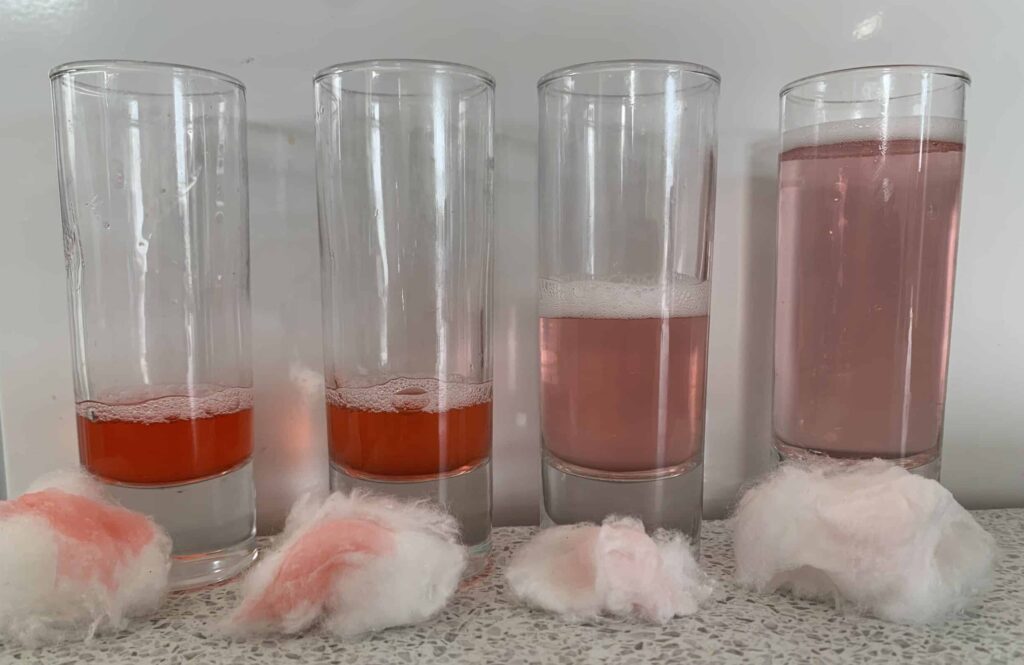Featured, First Aid, Veterinary, Wound Care
Hibiscrub™ – are you using it correctly?
The Horse Hub asked equine vet Alex Paterson, to explain why it is so important to dilute Hibiscrub™ correctly
Hibitane and Hibiscrub™ are both solutions containing chorhexidine, a strong antiseptic and disinfectant – what’s the difference?
Hibitaine is used to disinfect areas and surfaces – it is a chlorhexidine solution containing amongst other things surgical spirit – DO NOT USE THIS ON YOUR HORSE
Hibiscrub™ is a chlorhexidine solution containing soap and, is commonly used to clean skin and wounds.
How do I know I am using the right dilution?
Bright pink in colour Hibiscrub™ should be used on your horse ONLY, in a very weak solution – 20:1 or less dilution is best – think water with a ‘hint of pink’ or, lighter than pale skin in colour.
Because it contains soap, Hibiscrub™ should never be left on the skin or wound – you wouldn’t wash your hair but not rinse the shampoo out, nor would you clean your own wound with washing up liquid.

Common uses of Hibiscrub™
To cleanse a new or dirty wound, and to kill bacteria causing infection, chlorhexidine can be used once in very dilute solution to wash out the wound and to disinfect the surrounding skin/hair. It should always be thoroughly flushed away with either saline solution or clean warm water. In most cases saline or clean water should be sufficient to clean a wound without the need for chlorhexidine.
Chlorhexidine destroys epithelial (healing) cells, so its repeated use will delay healing. If used neat or not sufficiently diluted not only will it damage the tissue you are trying to heal, it will be very painful for the horse, who may then strongly object when next try to treat the area.
When used on the skin, including for conditions such as mudfever and rainscald, the same principles apply. Wash the affected area with a 20:1 or less dilution of Hibiscrub™ in warm water. Leave for no longer than 2 minutes then wash away thoroughly with warm water. Do not wash repeatedly – once a week at most.
For further information on how to use Hibiscrub™ safely and correctly, speak to your vet
